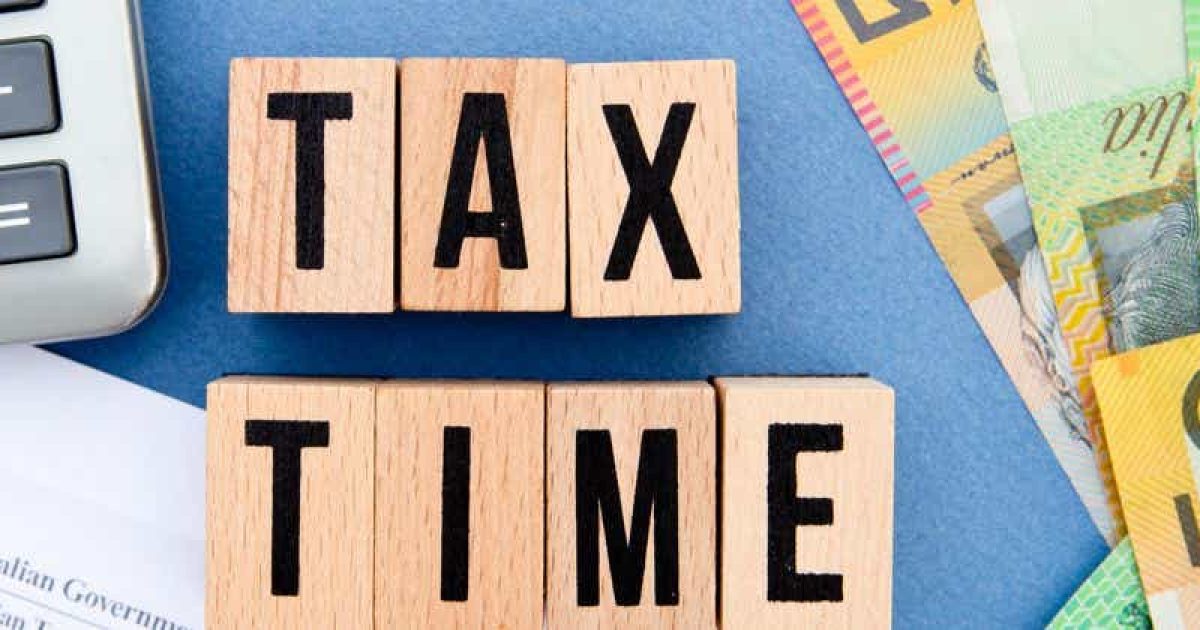As a tax agent, when you find surplus cash and a substantial mortgage, you must invest the excess cash into superannuation or utilise it to pay off the mortgage. However, another factor requires careful consideration if you opt to pay off the mortgage.
While living in your home, paying off your mortgage reduces a debt on which the interest is not tax deductible. This makes good sense. But what if you later borrow money to buy a new home and keep the existing one as an investment property? Unfortunately, interest on the loan for the new home is not tax deductible. At the same time, you’ve reduced or eliminated a debt on which interest would have become deductible once your old home was rented out.
Let’s say you owe $700,000 on your home mortgage and come into some money, and you now have $1M in cash available. You decide to pay off the mortgage. A year later, you decide the right time to upgrade and find a new home for $1.8M. You love your old home and want to keep it as an investment. As you paid off the mortgage and now only have $300,000 left of cash, you have to borrow $1.5M to make the purchase. Unfortunately, because the new loan was used to buy your new home, which you will live in, interest will not be tax deductible.
Instead of paying off your mortgage, the solution is to deposit surplus cash into an interest-offset account attached to the original loan. In this way, should you decide to move out of your home and rent it out, you withdraw the cash from the offset account and use it to fund your new home purchase. The original loan still exists, and the interest you will start being charged again will be tax deductible.
You could have placed the $700,000 cash in an interest-offset account in the above example. This would mean you would not incur any interest on the mortgage, but the loan itself would still be in place. When you purchased your new home, you would withdraw the $700,000 from your offset account and use it to purchase your new home.
The interest on the $700,000 would then be tax deductible, which depending on interest rates and your marginal tax rates, could save you up to $15,000 per year of tax. You still have the same total loans after buying the new home (ie $1.5M), except now the loans will be $800,000 non-deductible and $700,000 deductible, as opposed to non-deductible if you didn’t plan ahead.
Remember, this strategy might not always be the best choice, so you should always think carefully before making additional principal repayments on your mortgage. This is especially so if you plan to use funds for non-deductible purposes at some stage.
To sum it up, it is smarter to keep the available cash for non-deductible purposes and try only to keep loans that bear interest that is tax-deductible to you. If you have any doubts, call us before you restructure any borrowings.
*Correct as of December 2015
*Disclaimer – Kreston Stanley Williamson has produced this article to serve its clients and associates. The information contained in the article is of general comment only and is not intended to be advice on any particular matter. Before acting on any areas in this article, you must seek advice about your circumstances. Liability is limited by a scheme approved under professional standards legislation.














